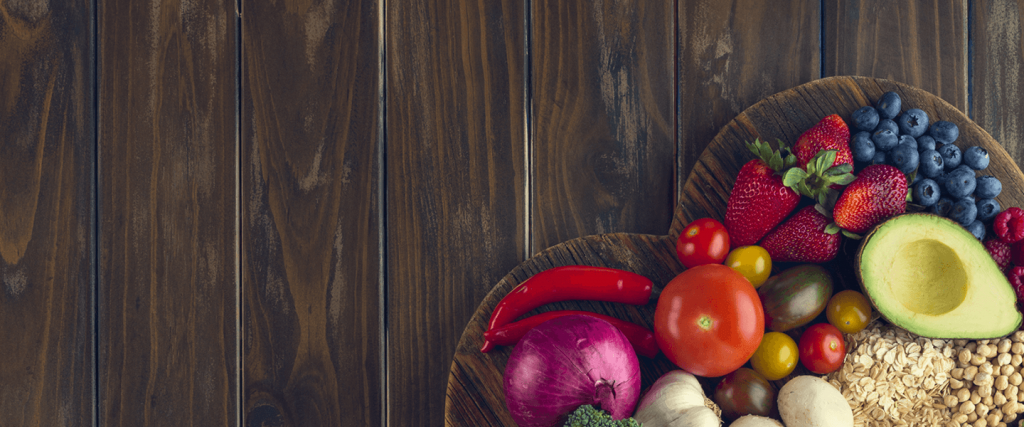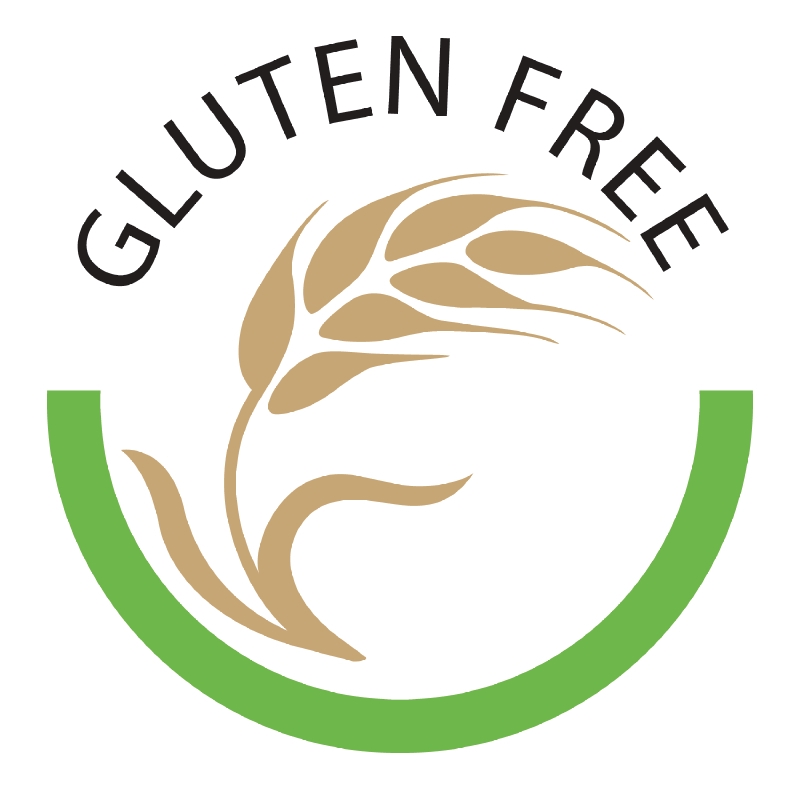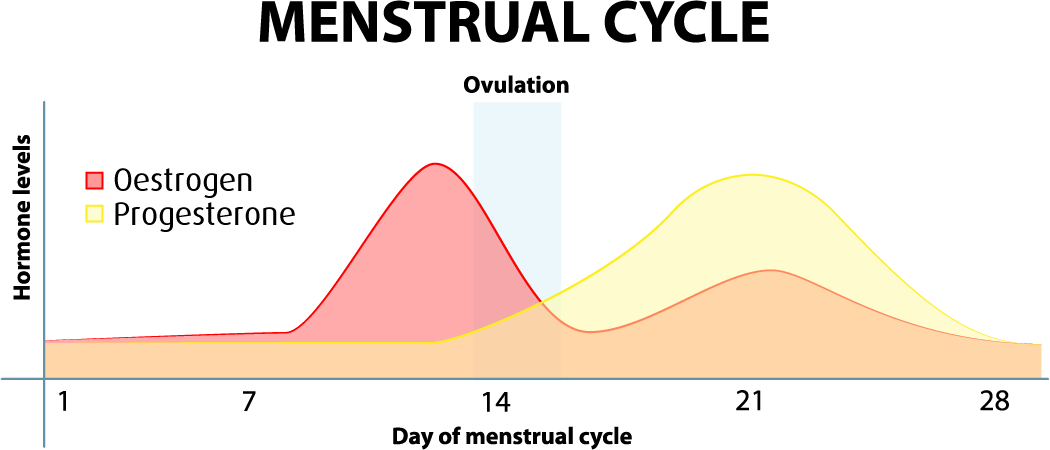Fresh fruits are ripening up for the summer season and local farmers’ markets are booming with colorful sweet, tart, and mouth-watering melons, berries, apples, cherries, rhubarb, peaches, plums, and many other varieties of wholesome fruits. This cornucopia of colors, textures, aromas and tastes appeal to not only the tastebuds, but also to the cells of the body. These hidden phytonutrient gems buried in the flesh and skins of fruit are a literal cellular goldmine for optimal health function.
Chances are if you enjoy succulent fresh fruit, you’ve already been fueling your cells with vitamins and minerals for ideal functioning. If you haven’t been much of a fruit connoisseur in the past, there’s no better time than now to get it into your daily food intake. Fruits are ideal finger foods for parties, topping on a bed of salad greens for a refreshing lunch or dinner side dish, blending into smoothies, and even grilling and baking. With such a medley of fruit at our convenience, it’s hard to make up an excuse of why it isn’t being eaten.
Every variety of fruit contains some healing property that enhances overall cell functioning. Just as with vegetables, the colors of fruit contain different phytochemicals and nutrients. Here are some of the most common colors and their health benefits (Axe):
- Yellow and orange foods supply beta-carotene, zeaxanthin, flavonoids, lycopene, vitamin K and C; this supports the eyes, prostate, cholesterol levels, supplies ample antioxidant, and bone & cartilage support.
- Red fruits give us ellagic acid, quercetin and hesperidin; these are effective in supporting the joints, cholersterol, antioxidant levels, and prostate health.
- Green fruits contain chlorophyll, fiber, lutein, zeaxanthin, calcium, folate, vitamin C and beta-carotene. This helps reduce the risk of cancer and supports the cardiovascular system, eye health, digestion, and boosts the immune system.
- Purple and blue colored fruits have lutein, zeaxanthin, resveratrol, vitamin C, fiber, ellagic acid, quercetin and flavonoids. This supports eyesight, immune system function, decreases inflammation, and has been shown to decrease tumor growth.
- Finally, “white” colored fruits, such as bananas, dates, white peaches & nectarines, supply ideal amounts of EGCG. This increases the body’s production of cholecystokinin, a hormone that increases the feeling of satiety, or fullness, for up to four hours (Oz, 2011). White fruits also contain ample amounts of beta glucans and SDG, a lignan that supports the prostate, breast, circulatory system, and bone health. It has also been correlated with improved immunity and hormone regulation.
The more nutrient rich our foods, with a wide assortment of variety, the better our cells function. Take advantage of the fresh fruits at your local farmers’ market, grocer, or organic supplier. There are health benefits in every bite!
Contributed by Terri Caunt R.N., B.S.N.
Bibliography
Axe, J. (n.d.). Dr. Axe Food is Medicine. Retrieved May 28, 2015, from draxe.com: draxe.com/how-many-colors-are-in-your-food/
Oz, D. M. (2011, May 25). The Dr. Oz Show. Retrieved May 29, 2015, from www.doctoroz.com: www.doctoroz.com/article/crush-your-cravings-5-appetite-suppressing-foods







